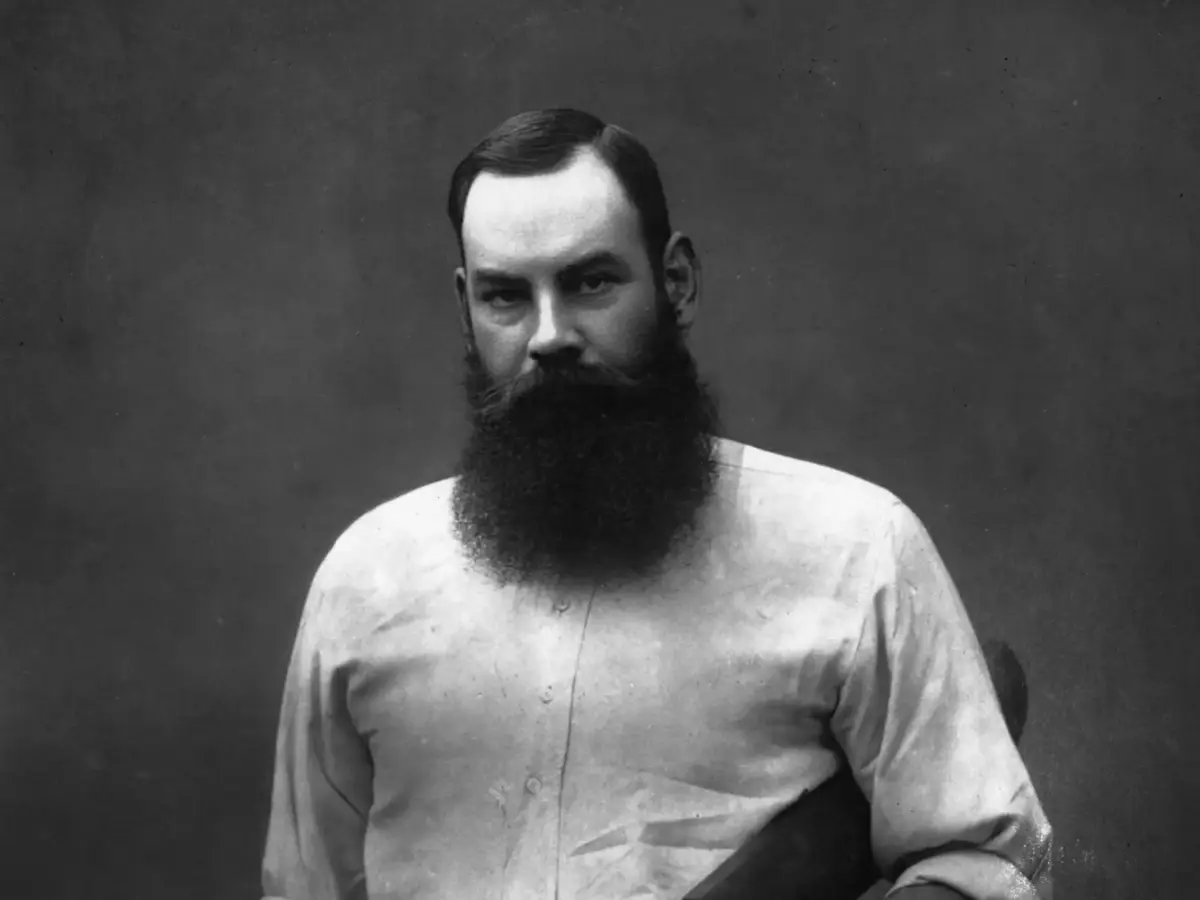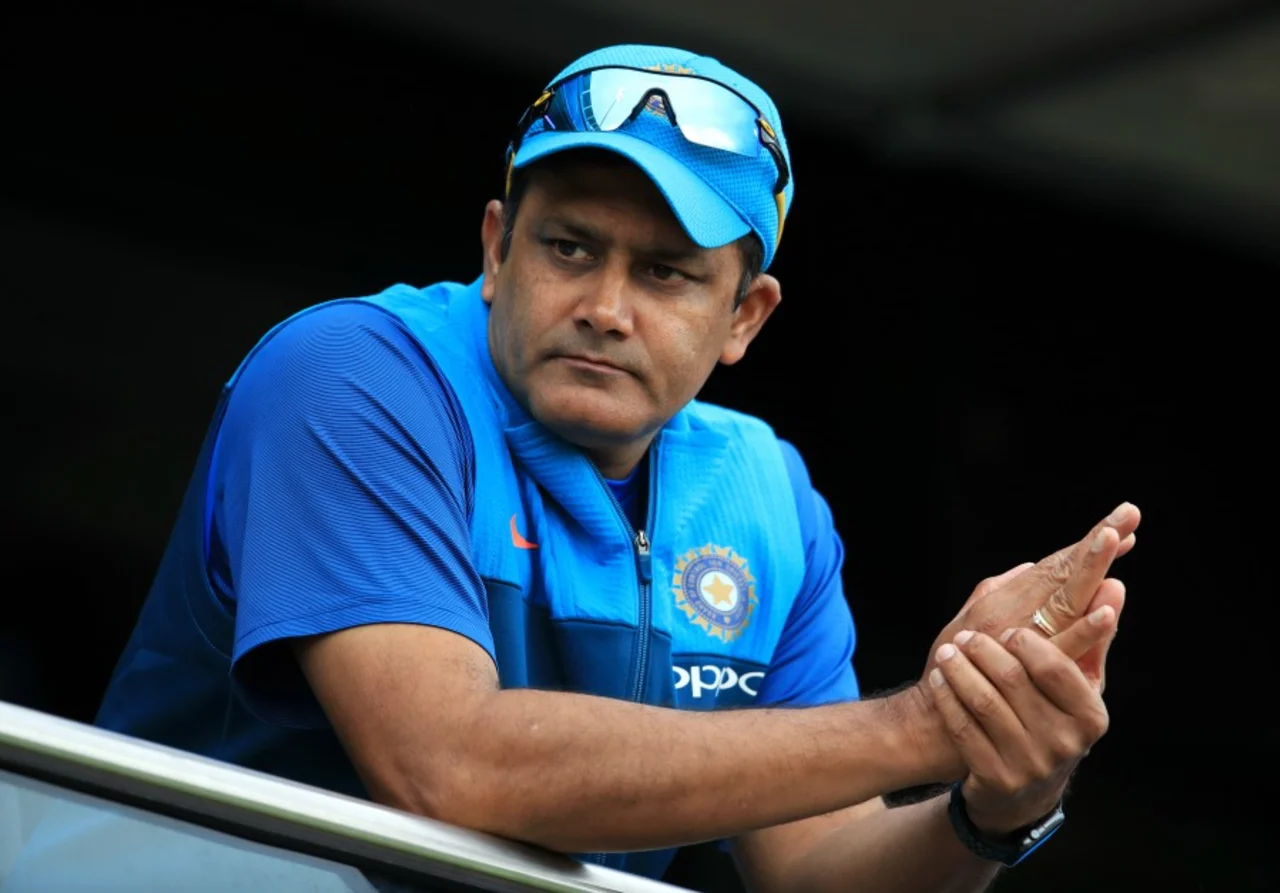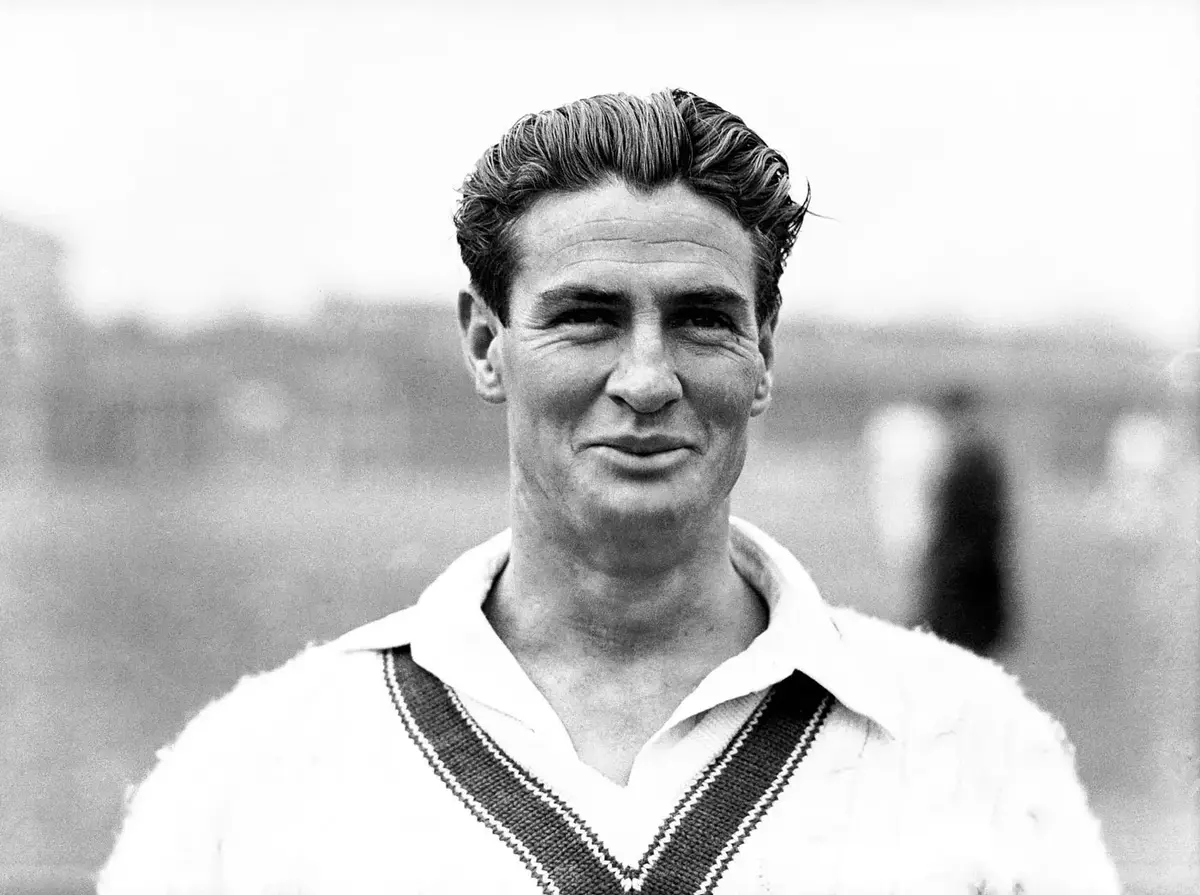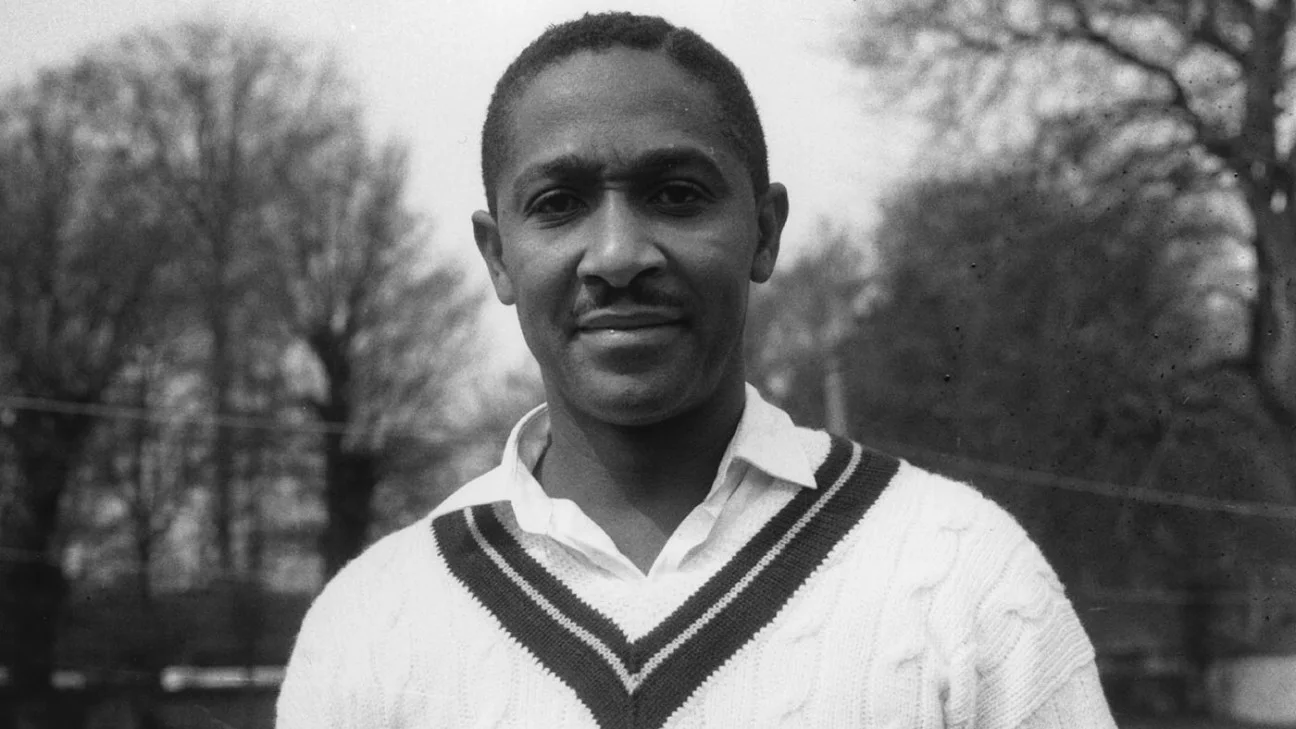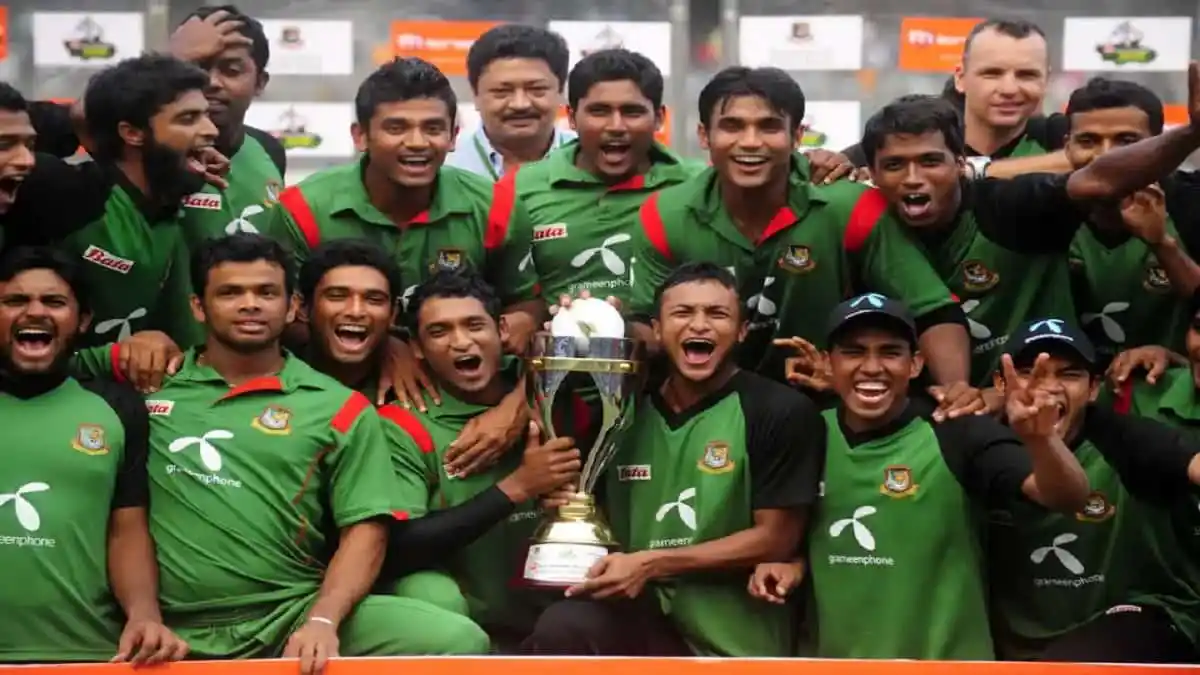Widely recognized as one of the most dangerous batsmen and bowlers of all time, W.G. Grace brought many iconic performances and records to the cricketing world.
Here is the full story of the remarkable career of W.G. Grace, the legendary England’s all-rounder, including his early life, numerous achievements, and a statistical analysis of his journey.
Summary and Key Takeaways
Key Takeaways: W.G. Grace's ' Biography, Career, and Statistics
Early Life and Biography of W.G. Grace
- Birth and Family Background:
- Born on July 18, 1848, in Downend, near Bristol, England, Grace hailed from a family deeply rooted in cricket.
- His father, Henry Mills Grace, founded the Mangotsfield Cricket Club, and Grace grew up immersed in the sport.
- Early Education and Cricket Involvement:
- Educated at home and later at Mangotsfield School, where his cricketing talents began to shine.
- Made his club cricket debut at 12 and impressed with his skills.
- Significant Childhood Events and Influences:
- Continuous exposure to cricket in a family passionate about the game shaped Grace's early years.
- His performances in youth and club cricket showcased his prodigious talent.
Career Achievements of W.G. Grace
- Domestic Cricket Achievements:
- Debuted in first-class cricket at 18, scoring over 54,000 runs and taking 2,800 wickets.
- First player to score 100 centuries and achieved a highest innings score of 344.
- International Cricket Achievements:
- Test debut in 1880, played 22 matches for England, scored 1,098 runs, and took 34 wickets.
- Made significant contributions to England's victories against strong opponents.
- Impact on Teams and Tournaments:
- Played for Gloucestershire, helping establish them in first-class cricket and dominating matches with bat and ball.
- Awards and Recognitions:
- Recognized posthumously for his sportsmanship and pioneering influence on cricket.
- Inducted into the ICC Cricket Hall of Fame.
Statistical Analysis of W.G. Grace’s Cricketing Career
- Domestic Cricket Statistics:
- Scored over 54,000 runs with 126 centuries and took more than 2,800 wickets in first-class cricket.
- Achieved a highest innings score of 344 and best bowling figures of 9/56.
- International Cricket Statistics:
- In 22 Test matches, scored 1,098 runs with two centuries and took 34 wickets.
- Dominated as an opener in Test cricket and contributed effectively with his right-arm medium pace.
- Role and Position in the Team:
- Typically opened the batting, providing a solid start, and contributed strategically with his bowling.
- Technique and Style:
- Renowned for strong technical skills in both batting and bowling, with the ability to adapt to different situations.
Final Words
- Legacy:
- W.G. Grace's monumental career laid the foundations for modern cricket, with records, achievements, and a strategic approach that continues to inspire.
- His influence on teams, tournaments, and the spirit of the game remains enduring, making him a legendary figure in cricket history.
Early Life and Biography of W.G. Grace
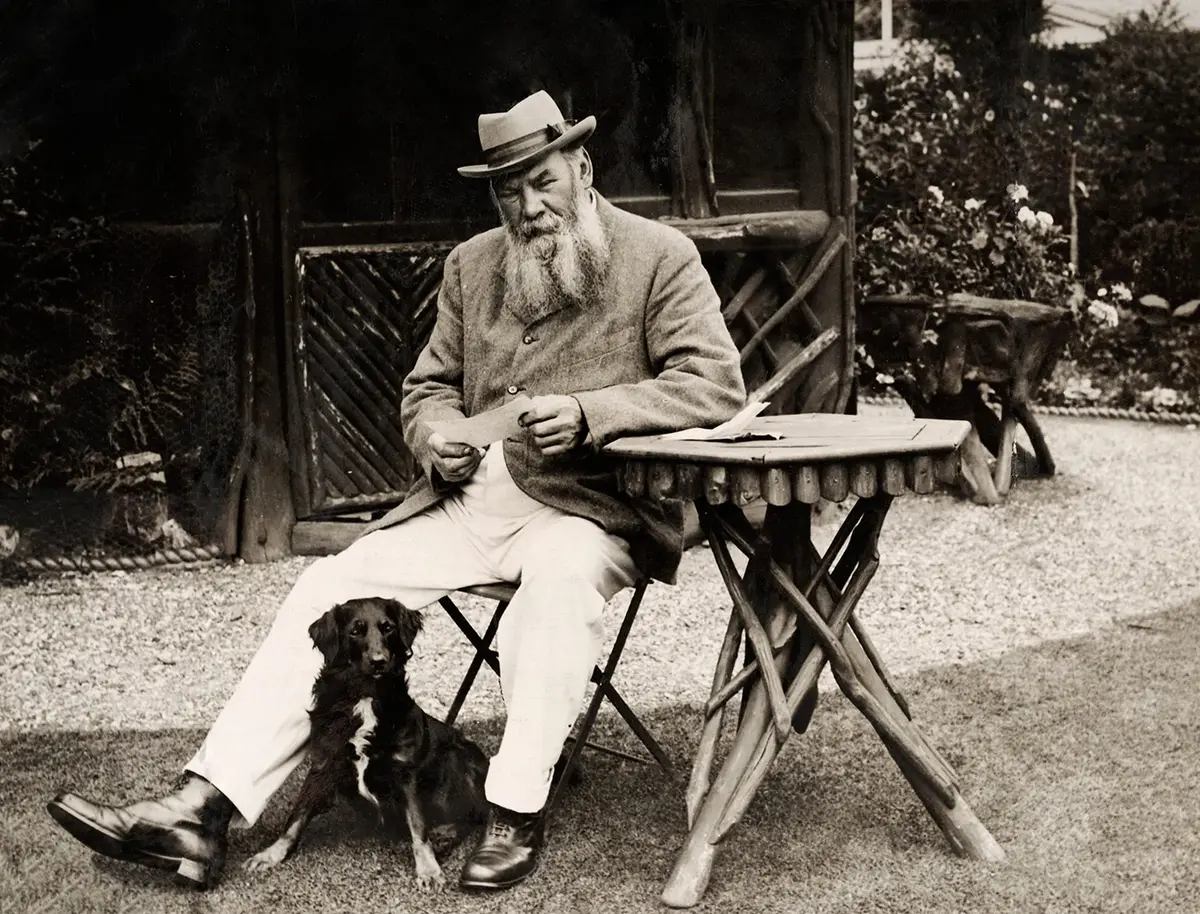
W.G. Grace, born William Gilbert Grace, was a seminal figure in the world of cricket, whose career spanned several decades in the late 19th and early 20th centuries. He was known for his exceptional skills and contributions to the sport.
This overview break down into his early life, family background, education, and initial cricketing experiences, highlighting key events and influences that shaped his legendary cricket career.
Birth and Family Background
William Gilbert Grace was born on July 18, 1848, in Downend, near Bristol, England. His birthplace, situated in the south-west of England, was influential in fostering his cricketing talents, as the area was a hub for cricketing activity during his formative years.
He came from a family deeply entrenched in the cricketing world. His father, Henry Mills Grace, was a keen cricketer who founded the Mangotsfield Cricket Club.
His mother’s name was Martha Grace. W.G. had two brothers, E.M. Grace and G.F. Grace, who also played first-class cricket.
This familial environment immersed him in the sport from a very young age, significantly influencing his career path.
Early Education and Cricket Involvement
He received his early education at home under the guidance of his father before attending the Bristol Grammar School.
His education continued at Mangotsfield School, where he further developed his cricketing skills alongside his academic pursuits.
Grace’s cricketing talent was evident from an early age. He made his first recorded appearance in club cricket at the tender age of 12, playing for the West Gloucestershire Cricket Club, which his father had helped to establish.
His performances in these early games showcased his potential and laid the groundwork for his future in cricket.
Significant Childhood Events and Influences
Grace’s childhood was marked by continuous exposure to cricket, largely due to his family’s passion for the game.
He spent much of his youth playing cricket with his brothers, which was crucial in honing his skills.
His early exposure to competitive cricket, through club matches and informal family games, played a significant role in his development as a cricketer.
By the age of 16, Grace had already made a significant impact in the cricketing world, playing for the Gentlemen of the West and showing remarkable talent as a batsman and bowler.
His performances in these early matches were notable for his ability to score runs and take wickets against established adult players, marking him as a prodigious talent in the sport.
Career Achievements of W.G. Grace
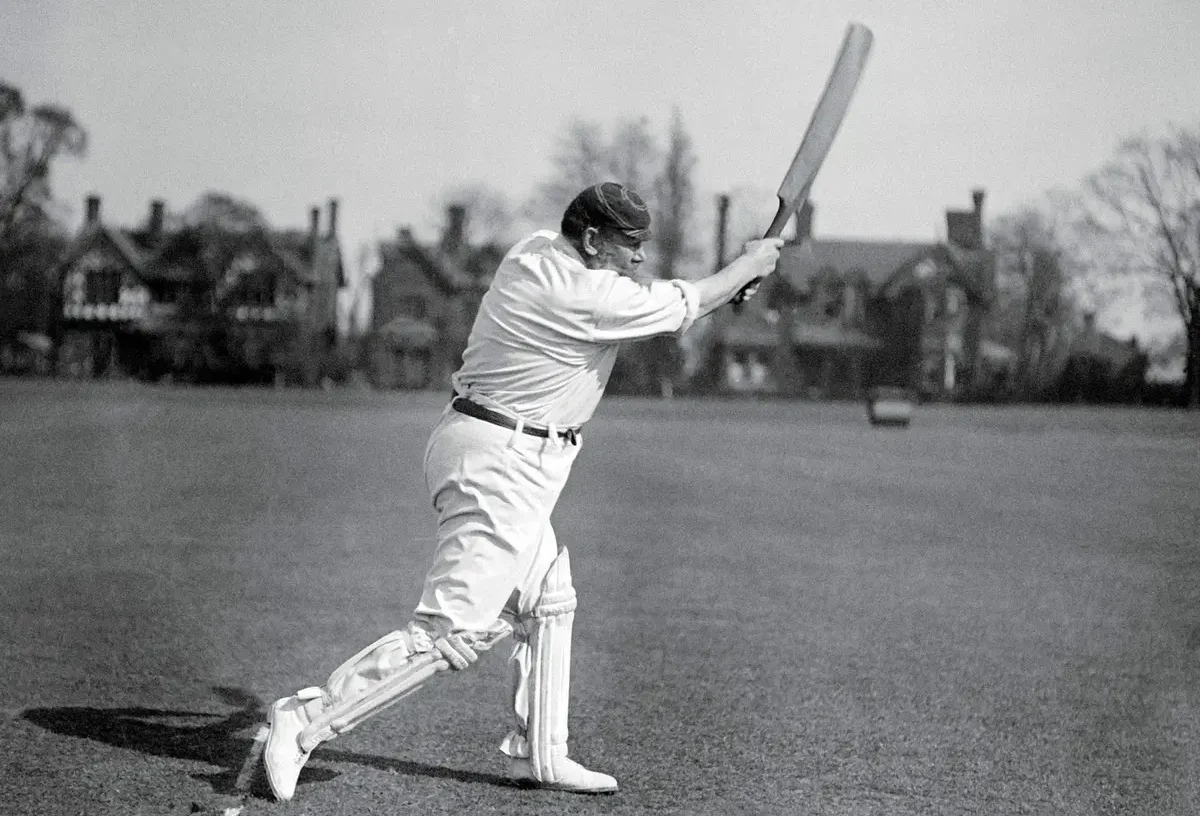
W.G. Grace is a legendary figure in the world of cricket, with a career that spanned over four decades from the mid-19th to the early 20th century.
His contributions to the sport are monumental, setting records and establishing standards in both domestic and international cricket.
This summary will outline his major career milestones, significant innings, and the impact he had on the teams he played for.
Domestic Cricket Achievements
He made his first-class debut at the age of 18 in 1865 for the Gentlemen of the South against the Players of the South.
His early career was marked by prolific run-scoring, which helped him quickly establish a reputation as one of the leading cricketers of his time.
Over his career, He scored more than 54,000 runs, took over 2,800 wickets, and held around 870 catches in first-class cricket.
He was the first player to score 100 centuries, reaching this milestone in 1895. Grace’s highest score in an innings was 344 for the Marylebone Cricket Club (MCC) against Kent in 1876, which was part of a record-breaking season where he amassed over 2,600 runs.
International Cricket Achievements
Grace made his Test debut for England in 1880 against Australia at the Oval, London, scoring 152 runs in his first match.
This was the inaugural Test match played in England and Grace’s performance was pivotal in England winning the match.
Throughout his Test career, He played 22 matches for England, scoring 1,098 runs with a top score of 170 against Australia in 1886.
His contributions in Test cricket were significant, often leading England to victory against strong opponents.
Impact on Teams and Tournaments
Grace’s influence on English cricket was profound. He played for Gloucestershire, which he helped to establish, and his performances brought the team to the forefront of first-class cricket.
His ability to dominate matches with both bat and ball made him a central figure in the team’s successes.
Awards and Recognitions
While specific awards like ‘Player of the Tournament’ did not exist during his time, Grace’s contributions were recognized through numerous accolades posthumously.
He was celebrated for his sportsmanship, skill, and pioneering influence on cricket. His legacy is enshrined in the ICC Cricket Hall of Fame, recognizing his enduring impact on the sport.
Statistical Analysis of W.G. Grace’s Cricketing Career
W.G. Grace’s career in cricket was marked by significant achievements and contributions to the sport. This analysis will focus on his performance statistics in both domestic and international cricket, examining batting and bowling figures, and discussing his role and techniques.
Domestic Cricket Statistics
1. Batting Achievements
- Total Runs and Average: He scored over 54,000 runs in first-class cricket, with an average that hovered around 39.55, an impressive feat during his time.
- Highest Score: His highest score in an innings was 344 for the MCC against Kent in 1876.
- Centuries: He amassed 126 centuries and 251 half-centuries in his career, showcasing his consistency and skill as a batsman.
2. Bowling Achievements
- Wickets and Bowling Average: Grace took more than 2,800 wickets in first-class cricket, with a bowling average of around 18.14.
- Best Bowling Figures: His best bowling figures in an innings were 9 wickets for 56 runs.
International Cricket Statistics
1. Test Cricket
- Batting Performance: In 22 Test matches, Grace scored 1,098 runs, including two centuries, with an average of 32.29.
- Highest Test Score: His top score in Test cricket was 170 against Australia.
- Bowling Performance: Grace also took 34 Test wickets, with best bowling figures of 5 wickets for 29 runs in a single innings.
2. One Day Internationals and T20s
- ODIs and T20s: Since Grace’s career was in the 19th century, he did not play in ODIs or T20s, formats that were introduced much later.
Role and Position in the Team
1. Batting Position
Grace typically opened the batting, utilizing his skills to give his team a solid start and often dominating the bowlers from the outset of the innings.
2. Bowling Style
As a bowler, he was known for his right-arm medium pace and occasional off-spin, contributing significantly with the ball in many matches.
Technique and Style
1. Batting Technique
He was renowned for his strong technical skills, with a particular ability to play a wide range of shots.
His technique was characterized by a high elbow, excellent footwork, and the ability to play both on the front and back foot, adapting quickly to different types of bowling.
2. Bowling Style
In bowling, he was known for his ability to swing the ball both ways and for his strategic use of pace and length, which often confused batsmen and led to many of his wickets.
Final Words of W.G. Grace’s Biography, Career, and Statistics
W.G. Grace stands as a monumental figure in the history of cricket, with a career that laid the foundations for the modern game.
His achievements in both domestic and international cricket are a testament to his skill, dedication, and influence.
From his early days in Gloucestershire to his lasting impact on the Test arena, Grace’s contributions were pivotal in shaping cricket’s trajectory.
His statistical record, encompassing a prolific run-scoring ability and effective bowling, underscores a career marked by consistency and excellence.
Also, his techniques and strategic approach to the game remain subjects of admiration and study.
W.G. Grace legacy endures, not just in the records he set and the matches he influenced, but also in the spirit and passion he brought to cricket.
All You Need to Know about W.G. Grace
Who is known as father of cricket?
As for the “father of cricket,” this title is often attributed to several individuals, with one of the most commonly recognized being William Gilbert “W.G.” Grace himself. He is credited with revolutionizing the sport and significantly influencing its development during his time as a player and later as an influential figure in cricketing circles. However, it’s important to note that the term “father of cricket” is not officially bestowed upon any one individual, and it can be a matter of subjective opinion or historical interpretation.
Where did WG Grace play cricket?
Dr. W.G. Grace, known as “WG Grace,” played cricket primarily in England. He was a prominent figure in English cricket during the late 19th and early 20th centuries. Grace played for a number of teams, including Gloucestershire, MCC (Marylebone Cricket Club), and various representative teams of England. He also toured internationally with English teams to countries like Australia.



